 Multiply each payment by the time at which it is due; then divide the sum of the products by the sum of the payments, and the quotient will be the equated time, or that required. Multiply each payment by the time at which it is due; then divide the sum of the products by the sum of the payments, and the quotient will be the equated time, or that required.  Rudimentary arithmetic - Page 113by James Haddon - 1849 - 128 pagesFull view Rudimentary arithmetic - Page 113by James Haddon - 1849 - 128 pagesFull view - About this book
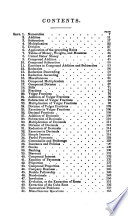 | Benjamin Greenleaf - Arithmetic - 1844 - 204 pages
...days, as before. Hence the following RULE. Multiply each payment by the time at which it is due, then divide the sum of the products by the sum of the payments, and the quotient will be the true time required. 2. John Smith owes a merchant, in Boston, $ 1000,... | |
 | Horatio Nelson Robinson - Arithmetic - 1845 - 310 pages
...by 1 ; and that evidently is "•/ =3i months. From this we may derive the following general RULE. Multiply each payment by its time, and divide the sum of the several products by the sum of the payments, and the quotient will be the equated time for the payment... | |
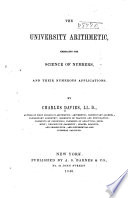 | Charles Davies - Arithmetic - 1846 - 370 pages
...due, equal to ? Hence, to find the mean time, Multiply each payment by the time before it becomes due, and divide the sum of the products by the sum of the payments : the quotient will be the mean time. EXAMPLES. 1 . B owes A $600 : $200 is to be paid in two months,... | |
 | Popular encyclopedia - 1846 - 886 pages
...given for this purpose is as follows ; — Multiply each sum by the time at which it is due ; then divide the sum of the products by the sum of the payments, and the quotient will he the time required. Thus, for example, A owes B £190, to be paid as follows... | |
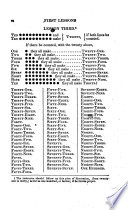 | Arithmetic - 1846 - 258 pages
...at several different times. RULE. — (2) Multiply each payment by the time at which it is due; then divide the sum of the products by the sum of the payments, and the quotient will be the equated time. Questions. — l.What is the use of the rule of Equation... | |
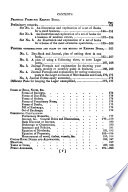 | John Caldwell Colt - Accounting - 1846 - 204 pages
...time Severn! sumí due at different dates, will come to maturity if averaged. EXAMPLE I. RULE. — Multiply each payment by its time, and divide the sum of the several products by the whole debt, and the quotient will be the equated or averaged time of payment.... | |
 | Almon Ticknor - Arithmetic - 1846 - 276 pages
...payments which are due at different times, so that no loss shall be sustained by either party. RULE I. Multiply each payment by its time, and divide the sum 'of the several products by the whole debt, and the quotient will be the equated time for the payment of the... | |
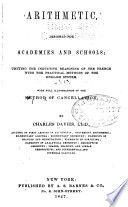 | Charles Davies - Arithmetic - 1847 - 368 pages
...payments.) Hence, to find the mean time, ' .• , ' Multiply each payment by ihe time before it becomes due, and divide the sum of the products by the sum of the payments : the quotient will be the mean time. EXAMPLES. .'•, 1. B owes A $600 : $200 is to be paid in two... | |
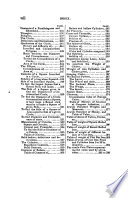 | Thomas Rainey - Arithmetic - 1849 - 320 pages
...Multiply the sum of each payment by its time, add the several payments: then, add their products ; and divide the sum of the products, by the sum of the payments. The several periods of time must be of the same denomination ; tither days, months, or y'ars, separately... | |
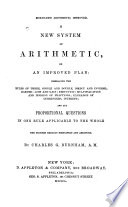 | Charles Guilford Burnham - 1850 - 350 pages
...---15=5 months, the answer. Hence the RULE. Multiply each payment by the time when it becomes due, and divide the sum of the products by the sum of the payments, and the quotient will be the time required. 2. A merchant has owing him $420, to be paid as follows... | |
| |